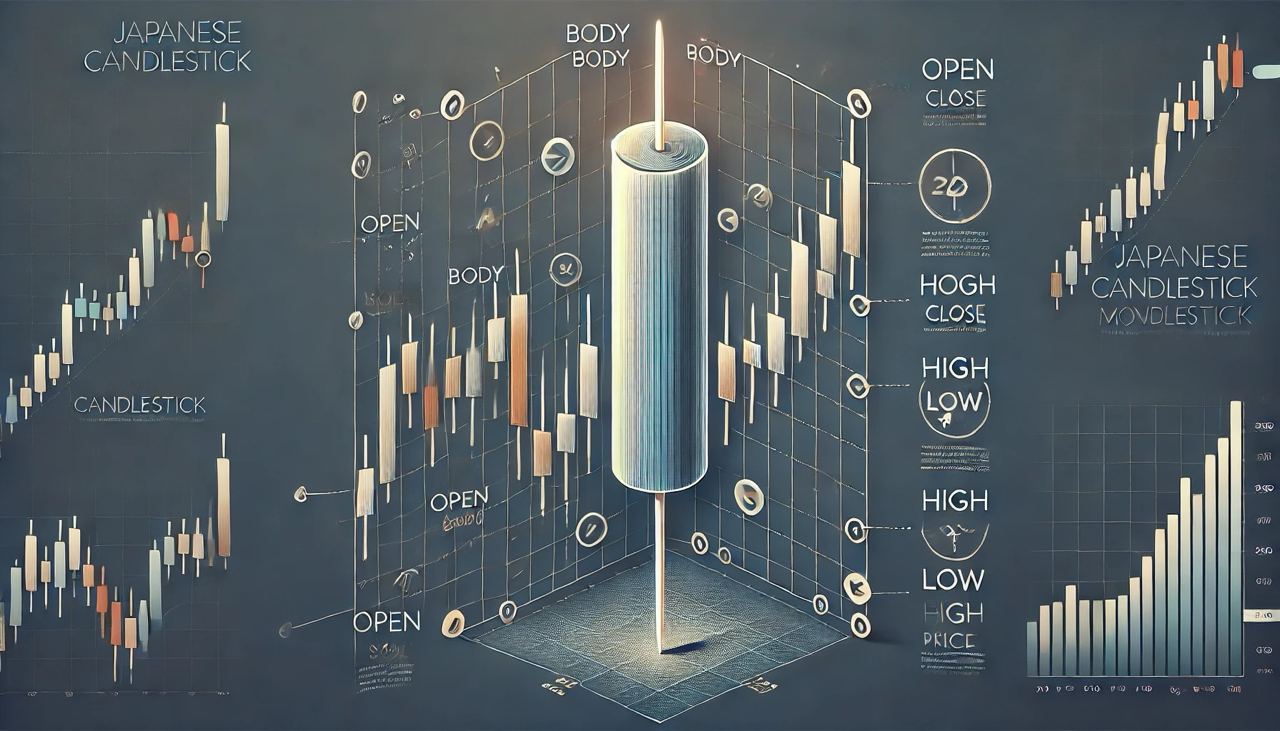Learn Trading for Free and Without Registration
An Online Glossary to Study Trading Independently
Pips and Ticks in Forex. Reading Quotes
Understanding the Basics: Quotes, Ticks, and Pips on Forex
Forex may seem complex for beginners, but understanding core concepts such as quotes, ticks, and pips makes the market much more accessible. These key terms describe price movements that affect millions of traders daily. Let’s dive into their meaning and functionality.
What Are Forex Quotes?
A Forex quote represents the exchange rate between two currencies, indicating how much of one currency is needed to purchase one unit of another. For example:
- If the USD/RUB exchange rate is 65.74, one dollar equals 65 rubles and 74 kopecks.
- If the EUR/USD rate is 1.1504, one euro costs $1.15 with a fraction.
The more decimal places in a quote, the more precise the currency's price is represented. For instance, EUR/USD might appear as a four-digit quote (1.1504) or a five-digit quote (1.15045). These additional digits allow brokers to offer tighter spreads and calculate prices with greater accuracy.
Ticks in Forex: The Smallest Price Movement
A tick is the smallest possible price movement for a currency pair. It’s a structural unit that tracks every transaction. When you view a tick chart, each price change is displayed as an individual movement, even if it’s only one ten-thousandth of a unit.
Example of Tick Movement:
Imagine a trader wants to buy a large quantity of dollars in exchange for rubles.
- All available offers at the current price are executed.
- If the demand exceeds the supply, the system will adjust the price upward by one tick.
- This process repeats until the trader's order is fully executed.
On highly liquid pairs like EUR/USD, tick movements are constant due to the high volume of participants. In contrast, tick movements on less liquid pairs are less frequent, especially during low-activity periods.
Liquidity in the Forex Market
Liquidity measures the market's ability to absorb large trades without significant price changes.
- Highly liquid pairs (e.g., EUR/USD, USD/JPY) attract traders with tight spreads and consistent price movements.
- Less liquid pairs (e.g., USD/TRY or USD/ZAR) are more prone to sharp price swings due to lower trading volumes.
In rare cases, even liquid markets can experience drastic movements. For example, in 2015, the Swiss National Bank unpegged the franc from the euro, causing a 10% drop in the franc's value almost instantly. Such events, while uncommon, highlight the impact major players can have on the market.
What Is a Pip in Forex?
A pip (price interest point) is the next structural unit after a tick. It measures the price change in a currency pair.
- For most currency pairs, a pip represents the fourth decimal place (e.g., 0.0001 for EUR/USD).
- For pairs involving the Japanese yen (e.g., USD/JPY), a pip represents the second decimal place (e.g., 0.01).
Example of Pip Calculation:
If EUR/USD rises from 1.1500 to 1.1650, it has increased by 150 pips.
If USD/JPY moves from 109.50 to 109.80, it has gained 30 pips.
Four-Digit and Five-Digit Brokers
Some brokers use five-digit quotes, adding an extra decimal place (e.g., 1.15045). This additional digit represents a fractional pip or a "tick."
- Four-digit brokers: Traditional brokers displaying quotes with four decimal places.
- Five-digit brokers: Offer more precise quotes and smaller spreads, beneficial for high-volume traders and scalpers.
Advantages of Five-Digit Quotes:
Since even fractional price movements are captured, traders can use this precision for more refined strategies, especially in volatile markets.
How to Calculate Pips in Forex
Calculating pips is straightforward:
- Subtract the smaller price from the larger one.
- Multiply the result by the trade volume to calculate profit or loss.
Example of Profit Calculation:
- Trade size: 1 lot (100,000 units of the base currency).
- Price change: EUR/USD rises from 1.1500 to 1.1550.
- Increase of 50 pips.
Profit = 50 pips × $10 (value of one pip for 1 lot) = $500.
Price Dynamics on Forex
Currency prices rarely move in straight lines. Over the course of a trading day, you may observe:
- Uptrends: Rising prices driven by strong buying activity.
- Downtrends: Falling prices due to selling pressure.
- Corrections: Temporary reversals following sharp movements as traders lock in profits.
This dynamic nature attracts traders seeking short-term opportunities.
Ticks and Pips in Trading Strategies
1. Scalping
Scalpers rely on tick charts, profiting from minimal price movements. A broker offering low spreads is crucial for this strategy.
2. Swing Trading
Swing traders focus on daily or weekly price charts, where pip movements are more relevant for measuring trends.
3. Long-Term Investing
Investors operating on monthly or yearly timeframes track changes measured in hundreds or thousands of pips.
Conclusion
Understanding quotes, ticks, and pips is fundamental for successful Forex trading. These concepts not only describe price movements but also enable traders to assess risk and potential profit. Mastering them is essential for developing effective strategies and making informed decisions in the market.
Trading is a precision-driven craft, and a solid grasp of ticks and pips will keep you ahead in the dynamic world of Forex.



